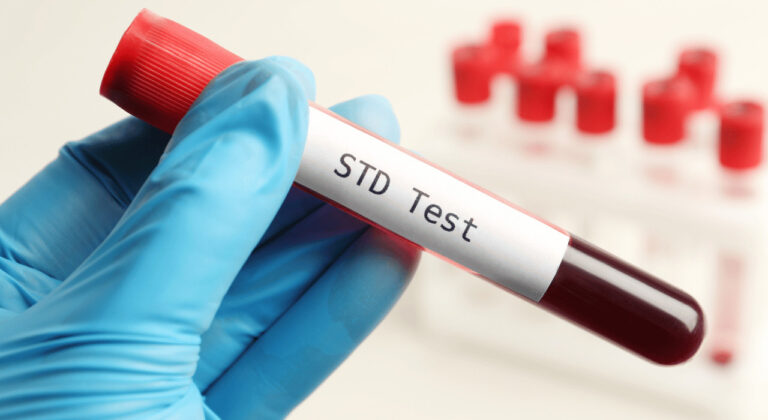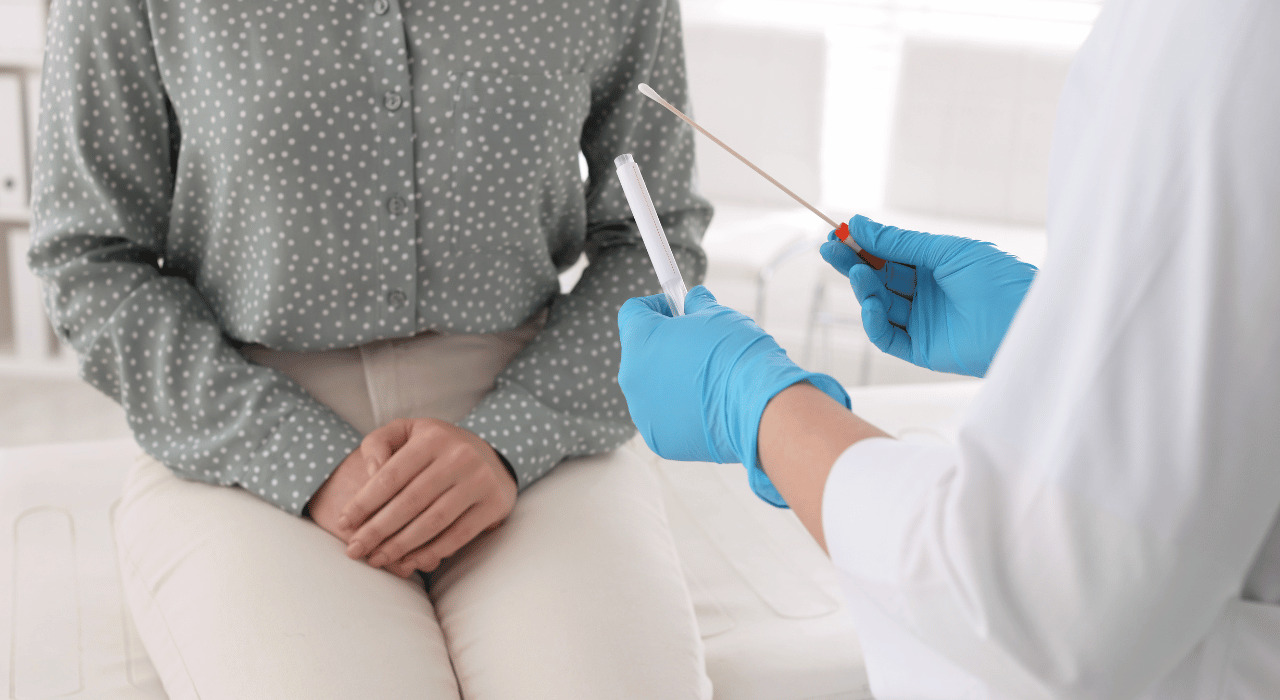
Sexually transmitted diseases (STDs) are often surrounded by misconceptions. Learn the truth behind common myths to protect yourself and your partners. Understanding and awareness are key to promoting sexual health and well-being
Sexually transmitted diseases (STDs) have become increasingly prevalent in discussions about sexual health, breaking free from the confines of taboo. However, amidst these conversations, myths and misinformation often circulate, perpetuating misconceptions that can lead to significant harm.
It’s crucial to confront and correct these inaccuracies to promote informed decision-making and safeguard public health. In this article, we’ll help you understand what an STD is and dispel common myths surrounding STDs.
What Is an STD?
An STD is an infection that is passed from one person to another through sexual contact. These infections can be caused by bacteria, viruses, or parasites, and they are typically spread through different types of sexual activity, including vaginal, anal, or oral intercourse.
1. Myth: You Can Get an STD From Sitting on a Toilet Seat
This is a popular misconception about STDs. While public toilets tend to carry germs and bacteria, the likelihood of contracting an STD from a toilet seat is very low.
STDs are mainly transmitted through sexual contact, including vaginal, anal, or oral intercourse, and not through contact with toilet seats or other surfaces. STD-causing organisms like bacteria, viruses, and parasites require a specific environment and mode of transmission to infect a person.
2. Myth: All STDs Can be Cured
Not all sexually transmitted diseases (STDs) can be cured, but many can be effectively treated with medication.
For instance, when bacterial STDs like chlamydia, gonorrhoea, and syphilis are diagnosed and treated properly, they can be cured. When you’ve gone for a full medical check up, and you’re given a prescription for medication such as antibiotics, it’s essential to complete the entire course of medication as directed by a healthcare professional to ensure the infection is fully eliminated.
In contrast, viral STDs such as genital herpes, HIV/AIDS, and human papillomavirus (HPV) currently lack a cure. Nonetheless, medications are available to manage symptoms, suppress viral replication, and reduce the risk of transmission.
3. Myth: You Can’t Get an STD From Oral Sex
Contrary to popular belief, the notion that STDs cannot be acquired through oral sex is a misconception. Oral sex involves the use of the mouth to stimulate a partner’s genitals or genital area, and there are numerous STDs that can be transmitted through this activity.
For example, engaging in oral sex with a partner who has genital or anal/rectal STDs can lead to infections in the mouth or throat, while receiving oral sex from a partner with oral infections can result in STDs in the genital area.
Additionally, individuals can simultaneously have multiple STDs, and certain infections transmitted orally, such as syphilis, gonorrhoea, and intestinal infections, have the potential to spread throughout the body. Moreover, participating in oral-anal sex can transmit hepatitis A and B, as well as intestinal parasites and bacteria. It’s important to note that seeking testing and treatment at a private STD clinic can help address such concerns effectively.
4. Myth: STDs Only Affect Those Who Engage in Risky Sexual Behaviour
There’s a common misconception that only individuals who engage in promiscuous or risky sexual behaviour are at risk of contracting STDs.
However, anyone who engages in sexual activity, regardless of the number of partners or the type of sexual practices involved, can potentially contract an STD.
It’s important to understand that STDs can affect anyone, regardless of age, gender, sexual orientation, or relationship status. Therefore, it’s crucial for everyone to prioritise regular STD testing, practise safe sex, and communicate openly with sexual partners about sexual health.
5. Myth: You Can Only Get an STD Once
Many people mistakenly believe that once they’ve had an STD, they’re immune to future infections. However, this is far from accurate. In reality, it’s entirely possible to contract the same STD multiple times, as well as different ones over time.
STDs encompass a range of infections caused by bacteria, viruses, or parasites, typically transmitted through sexual activity. While some STDs may clear up on their own or respond well to treatment, others can persist in the body or even reappear after initial treatment. This means that individuals who have had an STD in the past are not necessarily protected from getting it again.
Moreover, engaging in unprotected sex with an infected partner or multiple partners significantly heightens the risk of acquiring new STDs.
Prioritising Sexual Well-being: A Responsible Approach to Sexual Health
Debunking common STD myths is crucial for promoting informed decision-making and safeguarding public health. These misconceptions perpetuate false beliefs that can lead to significant harm if left unaddressed.
By understanding what an STD is and dispelling prevalent myths surrounding STDs, individuals can take proactive steps to protect themselves and their partners. It’s essential to recognize that STDs can affect anyone, regardless of age, sexual behaviour, or relationship status. Regular testing, practising safe sex, and open communication with sexual partners are vital in preventing the spread of STDs and ensuring overall sexual health and well-being.



